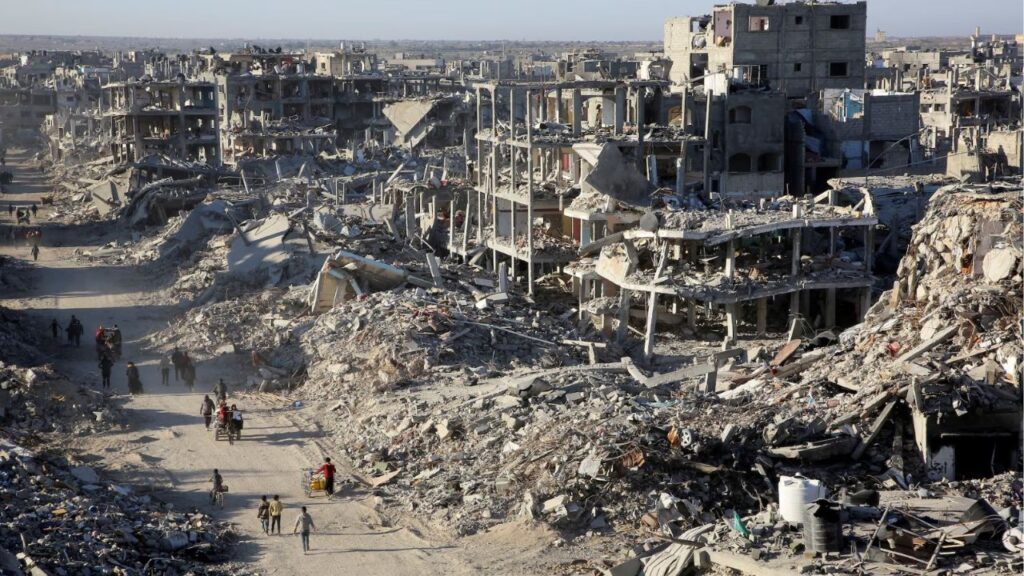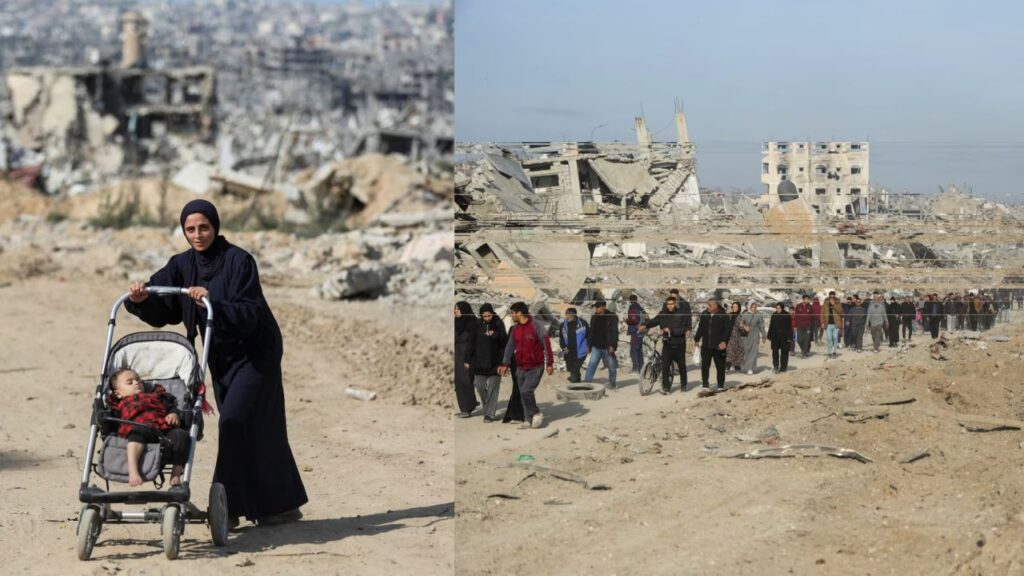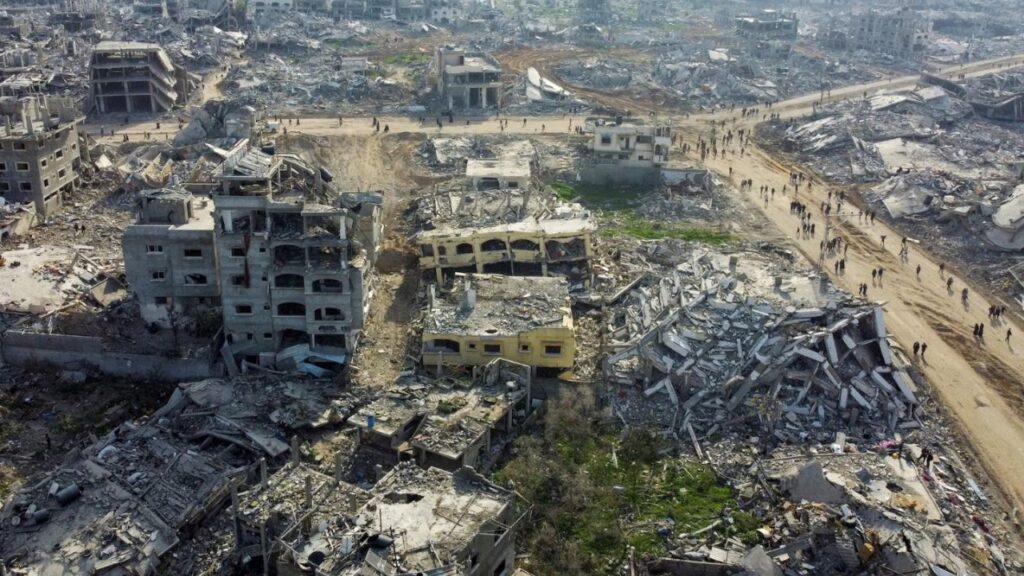Planned Relocations and Military Preparations
Israeli authorities announced plans Saturday to relocate Palestinian civilians from active combat areas to southern Gaza ahead of expanded military operations targeting densely populated regions. The Coordinator of Government Activities in the Territories (COGAT), Israel’s military humanitarian coordination body, confirmed that tent deliveries to Gaza would resume Sunday.
Defense Minister Israel Katz indicated through social media that planning discussions are underway to “finalize the plan to defeat Hamas in Gaza,” though military officials declined to specify timing for the civilian relocations.
The anticipated offensive is expected to focus on Gaza City, the Muwasi coastal area, and central refugee camps including Nuseirat and Bureij—all heavily populated areas where hundreds of thousands of Palestinians currently shelter.

Hostage Families Demand Action
As military preparations continue, families of Israeli hostages have organized a nationwide protest for Sunday, expressing mounting frustration after nearly two years of conflict. Their campaign, dubbed a “day of stoppage,” aims to pressure the government toward a negotiated resolution.
Of the 50 hostages believed to remain in Gaza, only about 20 are thought to be alive. Recent distressing footage showing weakened hostages appealing for assistance has intensified public concern and family anguish.
“I want to believe that there is hope, and it will not come from above, it will come only from us,” said Dana Silberman Sitton, whose sister Shiri Bibas and nephews Kfir and Ariel Bibas died in captivity.
The hostage families’ movement has gained support from former military and intelligence officials who have publicly advocated for a ceasefire agreement in recent weeks.

Civilian Casualties Continue
Violence persisted Saturday with an Israeli airstrike in the Muwasi area killing a family of three—parents Motasem al-Batta and his wife, along with their infant daughter. The attack occurred in what Israel has designated as a safe zone for civilians.
“Two and a half months, what has she done?” questioned neighbor Fathi Shubeir, referring to the baby killed in the strike. Temperatures in the territory exceeded 90 degrees Fahrenheit as residents struggled with deteriorating conditions.
Additional casualties were reported from Gaza City’s Shifa Hospital, which received bodies of ten individuals killed in various incidents across northern Gaza.
Humanitarian Crisis Deepens
Gaza’s Health Ministry reported eleven additional malnutrition-related deaths in the past day, including one child, bringing the war’s total malnutrition fatalities to 251. A 20-year-old Palestinian woman died Friday in Italy, where she had been transferred for treatment of severe malnutrition.
United Nations officials warn that starvation levels have reached unprecedented heights since the conflict began. Palestinians face contaminated water supplies and spreading diseases while aid distribution remains severely constrained.
The UN human rights office documented at least 1,760 deaths of people seeking humanitarian aid between late May and this week, with 766 killed along supply convoy routes and 994 near distribution sites operated by the Gaza Humanitarian Foundation.

Conflict Background
The current war began following Hamas’s October 7, 2023 attack that killed approximately 1,200 Israelis. Israel’s subsequent military response has resulted in 61,897 Palestinian deaths according to Gaza’s Health Ministry, which reports roughly half were women and children.
While Israel questions these casualty figures, it has not provided alternative statistics. The UN and independent observers consider Gaza’s Health Ministry the most reliable source for casualty data, despite its operation under Hamas governance.






